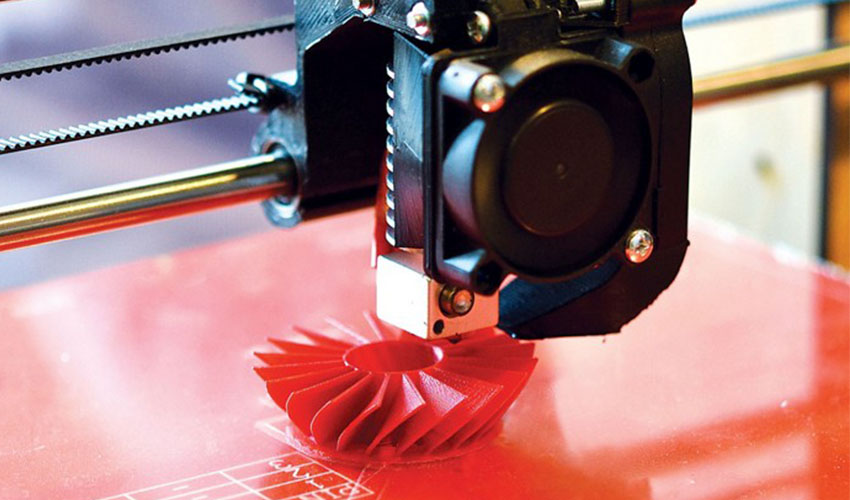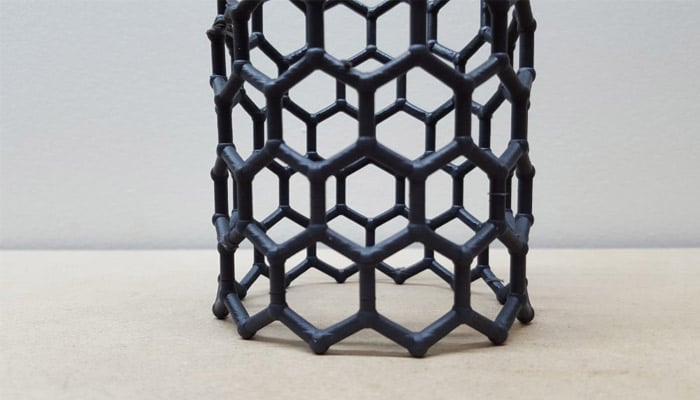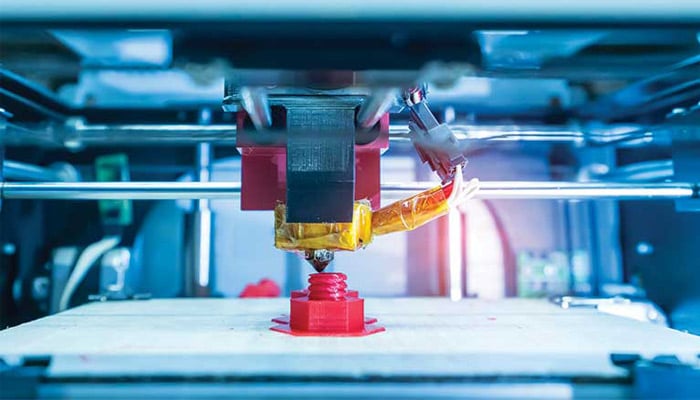How harmful are 3D printing emissions to users’ health?

The United States Environmental Protection Agency (EPA), through an agreement with the Consumer Products Safety Commission has been investigating whether increased use of 3D printers could lead to unintended adverse impacts to human health. It’s true that 3D printers release emissions that have not been monitored in great depth due to their relatively recent emergence. Even a harmless looking desktop machine in your office could be releasing particles that are dangerous to your health.
Dr. Souhail Al-Abed, lead EPA scientist on this study explains: “Users may not be aware of chemical emissions during the printing process,” especially the level of volatile organic compounds (VOCs) emitted. There have been some studies in the past on the impact of VOCs to users’ health, however they have not measured how these emissions can change when certain additives are introduced in the 3D printing filament. As a result, the team studied a commonly available filament that is sold with and without carbon nanotube inclusions to determine whether the VOC emissions changed.

A 3D printed carbon nanotube piece | Credits: Spira3D
Carbon nanotubes, just like carbon fibers add strength to 3D printing filaments, enabling parts to be stronger yet lightweight. They also have interesting properties for the industry such as being very conductive and having valuable thermal properties, making them ideal for applications in electronics. The downside is that the potential harm to users has not been measured. Under a variety of conditions to simulate the different heating, melting, and forming of plastics that can occur during 3D printing, the team monitored the emissions released. They used a special device, known as the System for Thermal Diagnostic Studies, meant specifically for looking at combustion-related emissions.
The results from their studies showed that the 3D printing filament that included carbon nanotubes emitted two new VOC gases, which could potentially pose an inhalation hazard to users printing several kilograms of material. These two specific gases were not observed in the filament that did not contain the additives. Moreover, it’s print temperature that had the most effect on the emission of VOCs, time heating the filament came second. Finally, their research also showed that some of the VOCs were trapped in particulates of the printed plastic, however they could not measure the exact levels.

Being exposed to a 3D printer for too long could be harmful | Credits: kynny/iStockphoto
Understanding the printing parameters that influence VOCs will be important in the months and years to come. Most people are aware that 3D printing emissions are not great for a user’s health but not many studies have identified the exact impact of these emissions and just how concerned we should be. You can learn more by reading the study HERE.
Did you about the harm of 3D printing emissions? Let us know in a comment below or on our Facebook and Twitter pages! Sign up for our free weekly Newsletter, all the latest news in 3D printing straight to your inbox!






